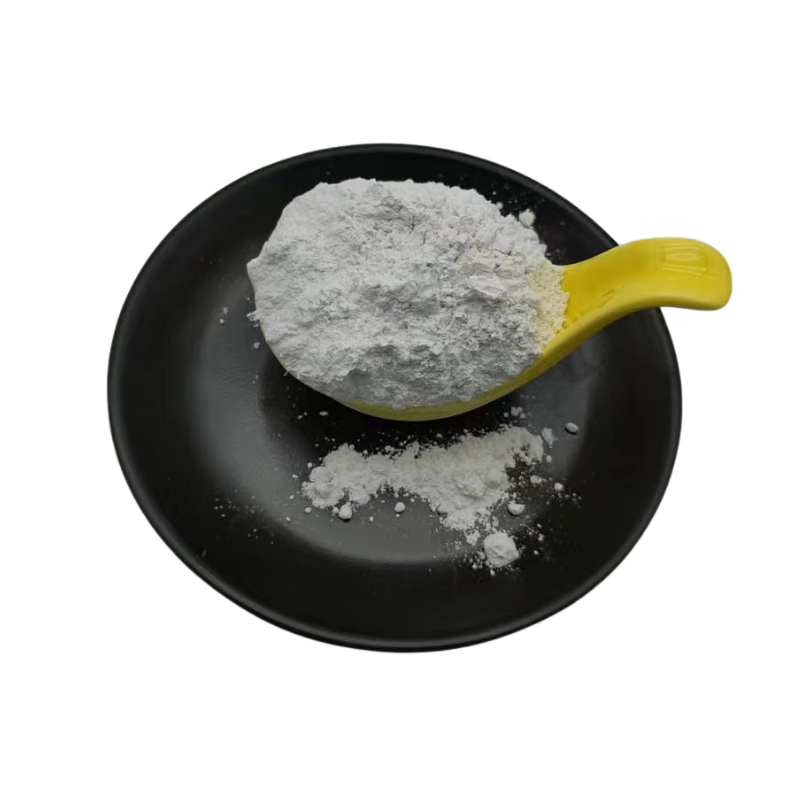
Exploring Different Varieties of Mica Sheets and Their Applications
Types of Mica Sheets An Overview
Mica sheets are an essential component in various applications, owing to their unique properties such as thermal resistance, electrical insulation, and flexibility. Mica, a naturally occurring mineral, is formed from a group of silicate minerals that possess a layered structure, allowing them to be split into thin sheets. There are several types of mica sheets, each suited for particular uses and industries. In this article, we will explore the main types of mica sheets, their characteristics, and applications.
1. Muscovite Mica Sheets
Muscovite, also known as potash mica, is one of the most common types of mica sheets. It is renowned for its excellent dielectric properties and temperature resistance, making it an ideal choice for electrical applications. Muscovite mica sheets can withstand temperatures up to 500°C and are utilized in the manufacturing of capacitors, insulators, and electrical equipment. Their natural clarity and aesthetic appeal also make them suitable for decorative applications, such as in cosmetics and arts and crafts.
2
. Phlogopite Mica SheetsPhlogopite mica is another significant type of mica sheet, primarily known for its outstanding thermal resistance. It can endure temperatures exceeding 800°C, making it an excellent choice for high-temperature applications. Phlogopite mica sheets have a brownish color and are often used in electrical insulation, heaters, and as a dielectric material in various high-performance applications. Due to their durability, they are also employed in industrial environments where thermal stability is crucial.
3. Biotite Mica Sheets
types of mica sheets

Biotite mica sheets are characterized by their dark color, typically black or dark brown, and are rich in iron and magnesium. While not as commonly used in electrical applications as muscovite or phlogopite, biotite mica sheets still offer decent insulating properties and can be utilized in a range of applications, including construction materials and roofing. Their ability to withstand weathering makes them suitable for outdoor applications, especially in products requiring resistance to environmental conditions.
4. Synthetic Mica Sheets
Advancements in technology have led to the development of synthetic mica sheets, which are manufactured to mimic the properties of natural mica. These sheets offer enhanced consistency in thickness and quality, which can be crucial for specific industrial applications. Synthetic mica is often used in cosmetics for its color and shimmer, as well as in electronic devices for its excellent insulating properties. Additionally, synthetic mica can be tailored to meet specific requirements, making it a versatile choice in many fields.
5. Mica Composite Sheets
Mica composite sheets are products that combine mica with other materials, enhancing their mechanical and thermal properties. These composites can be designed to address specific needs in various industries, such as aerospace, automotive, and electronics. Mica composites offer improved strength and flexibility, making them suitable for applications demanding robustness and reliability.
Conclusion
The diverse types of mica sheets available today cater to a wide range of industrial needs, from electrical insulation to high-temperature applications. Muscovite and phlogopite are the most commonly used kinds in electrical industries, while biotite finds its niche in construction. Furthermore, advances in technology have enabled the creation of synthetic mica and composite materials, broadening the scope of applications even further. As industries continue to evolve, the demand for mica sheets with specialized properties will likely increase, highlighting the importance of this versatile mineral in modern technology.
Share
-
Premium Resin Coated Sand - High Heat Resistance CastingNewsJul.31,2025
-
High Quality Silicon Carbide Grit for Abrasive ApplicationsNewsJul.30,2025
-
High-Quality Ceramsite for Plants & Gardening | Lightweight PebblesNewsJul.29,2025
-
Premium Burgundy Glass Marbles for Vases & Shooter GamesNewsJul.29,2025
-
High Purity Quartz Sand for Industrial and Ground ApplicationsNewsJul.29,2025
-
High-Quality Barite Powder for Drilling & Industrial UseNewsJul.29,2025






